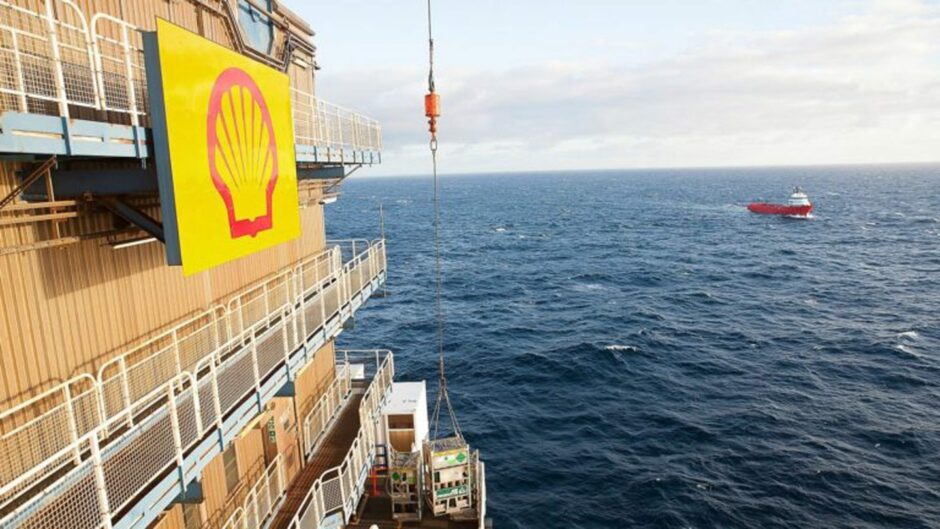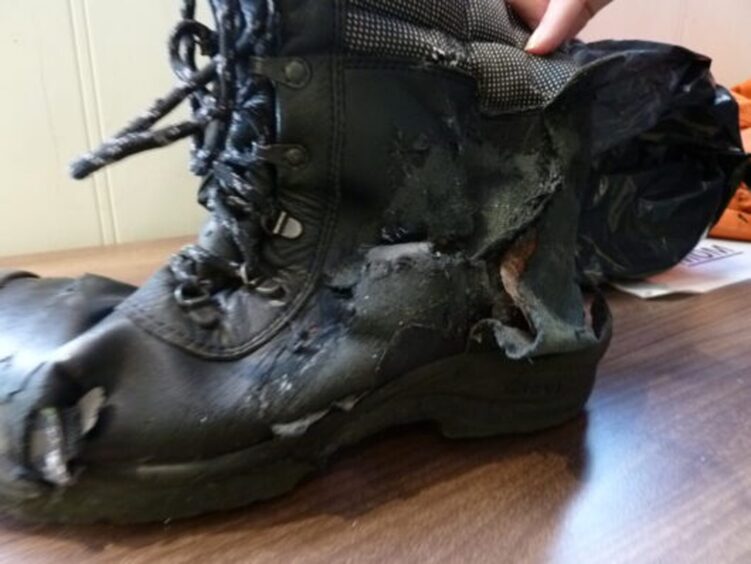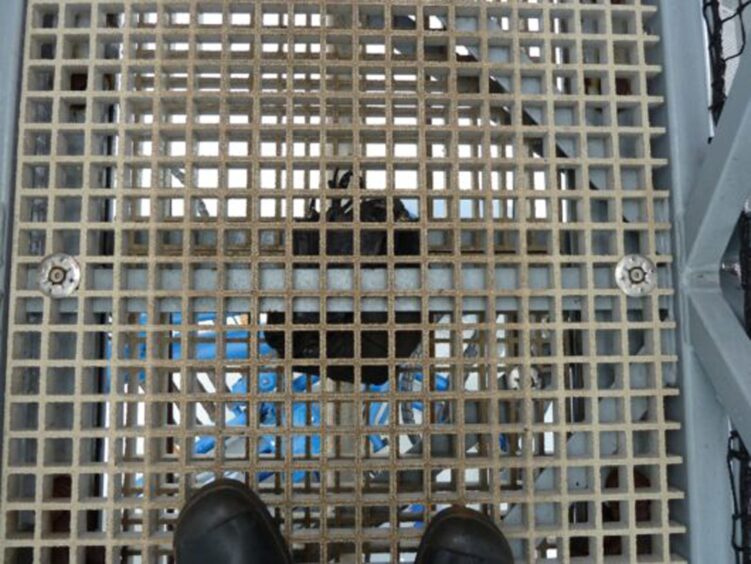
Shell has been fined £1 million by the UK’s Health and Safety Executive (HSE) after a North Sea worker’s feet were crushed offshore.
Martin Hill, then 63, was part of a group of maintenance workers being transferred on the “Kroonborg” support vessel towards the Shell Galleon platform on October 17, 2017 when the incident took place on the “walk to work” gangway.
HSE said the transfer went ahead in high wind and heavy seas, when it should not have, in the “pre-sunrise gloom, with not enough artificial lighting in the right places.
Both of Mr Hill’s feet were trapped as the gangway telescoped together, and, after being airlifted to hospital “he narrowly avoided having both of his feet amputated”.
Until 2015, transfers to Galleon had taken place by helicopter, but walk to work is statistically the safest form of personnel transfer for such installations.
After pleading guilty to breaching HSE obligations, Shell was fined £1,031,250 and ordered to pay £247,000 in costs at Chelmsford Crown Court last week.
The oil major said this was a rare serious accident, adding it is “concerned at and sorry” for Mr Hill’s injury.
Gangway operator Ampelmann was fined £206,250 and ordered to pay £247,000 in costs.
Mr Hill, now 68, said: “Both of my feet got stuck between the two sections of the gangway and consequently my feet got very badly crushed. When they got the bridge off me I passed out and next thing I knew I was on the medical centre on the ship.
“Most of the bones in my feet were broken and most of the skin was pulled off. I have used magnetic therapy to help with my injuries which has been a big help.
“I am not 100% now, my feet will play up if I try and do DIY when there are steps or ladders involved, or if I go for a reasonable walk. I like to think it didn’t affect me mentally but it did – I haven’t returned to offshore work after the incident.”
Basic failures
HSE said walk to work gangways, used to access rigs and windfarms from vessels, are computerised to ensure a steady path, with distance and vessel movement meaning gangways must telescope in and out to keep a full bridge.
The investigation found people who were using the Ampelmann-designed and owned gangway were not sufficiently protected from the risks of injury at the moving step, with Mr Justice Jeremy Johnson highlighting that basic errors persisted “over a long time”.
He said Shell’s instructions to the staff conducting transfers “were inconsistent and confusing”, spread out over several documents, and not understood by those operating the gangway system
Shell also failed to ensure its lighting was up to long-standing HSE guidance.
Mr Justice Johnson said in assessing Shell’s culpability that “the problems were in place for a considerable time and were far from minor or isolated”.
A Shell spokesperson said: “Across Shell, we have a goal of zero harm to people which is a priority that drives every decision we make. When a rare serious accident or even minor incidents do occur, we interrogate the causes to assess and learn, because we believe safety can be strengthened continuously.
“In this case the Health and Safety Executive accepted that Shell UK was not expected to have foreseen the possibility of someone’s foot being trapped in this way. However, Shell UK pleaded guilty to breaching its health and safety obligations because we could have done more to make the procedures for using the gangway clearer, and so better managing the risk of someone tripping on it.”
“Across the sector, these gangways have proven to be extremely safe to use when boarding offshore facilities. So, we are concerned at and sorry for the injury to Mr Hill while using one to cross from a vessel to one of our platforms.”
HSE said to have “workers exposed to a risk of injury when required to do something as basic as walking to work over a gangway does not reflect the standards expected”.
Inspector John Hawkins added: “The sentences passed reflect the importance of specialist companies making sure that all aspects of the equipment they design and deploy are in fact safe, rather than just assumed to be safe.”
Recommended for you



